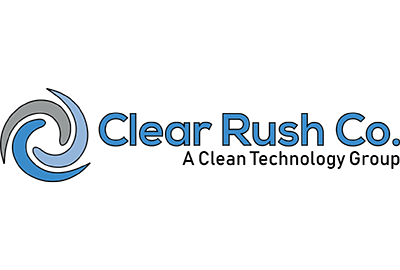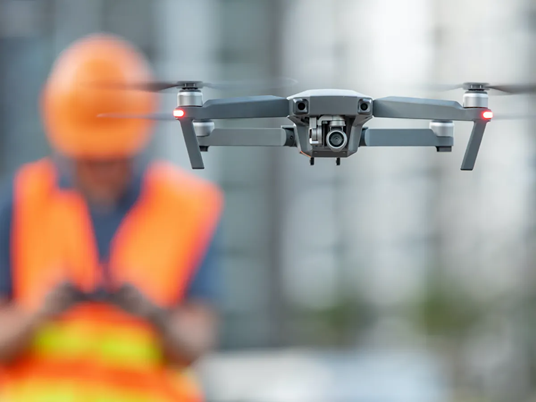
Canada has been striving to meet its environmental commitments, bolster its economy, and create a lower carbon energy sector. Reducing methane and other greenhouse gas (GHGs) emissions in the oil and gas sector is an important part of accomplishing this goal.
The Government of Canada has committed to reducing methane emissions from the oil and gas sector by 40% to 45% from 2012 levels by 2025. New regulations limiting methane emissions from fugitive sources have already arrived on our doorstep.
An invisible threat
Fugitive emissions are losses, leaks, and other releases of methane to the atmosphere and contribute to a major source of emissions across the energy sector.
In practice, fugitive emissions can be attributed to the following types of sources:
- Equipment leaks
- Unreported process or intentional venting
- Evaporation losses
- Disposal of waste gas streams
- Accidents and equipment failures
For many operators, fugitive emissions are commonplace but many of them do not fully understand the impact that unresolved leaks may have. Finding and eliminating these emissions is crucial to meeting Canada’s climate goals and to ensure operators avoid regulatory violations, fines, and lost revenue.
To date, hunting for leaks has been restricted to using a few handheld sensors. These methods are slow and expensive. Now, regulators in Canada and the United States want to let companies decide which technologies to use. Let’s look at what’s required and the technologies available to help your organization remain compliant!
What are the requirements?
As of January 1, 2020, upstream oil and gas facilities are required to implement a leak detection and repair (LDAR) program with regular inspections occurring three times a year.
Upon detecting a leak, an operator is required to correct the issue in 30 days unless the equipment requires a complete shutdown.
Optical Gas Imaging
Optical gas imaging (OGI) cameras can help you detect methane amongst hundreds of other industrial gases in a quick, accurate, and safe manner – without having to shut down operations. In the hands of a trained technician who surveys a facility, these cameras can scan large sections of equipment from a safe distance in order to identify invisible fugitive emissions in the form of a cloud of smoke.
Aerial Detection
Vehicles equipped with methane sensors can detect methane emissions over a large area in a short time; deployed either on the ground via a truck or in the sky using specialized drones. These sensors can track data by location using a GPS with methane concentrations and fluctuation rates being instantaneously calculated.

Upon detection, an operator can identify the specific location of the leak and work to replace faulty equipment or implement design changes as necessary. Many of these systems can generate emissions reports of your facilities that can be sent to regulatory bodies like the AER.
Save time. Save money. Guarantee your compliance.
Finding and fixing fugitive emissions is time-consuming and costly. With the right tools and techniques, your organization can be confident that you are executing your LDAR program in the most efficient way possible.
Don’t ignore the things that you can’t see!
Connect with us to learn more: www.clearrushco.com
Share This:




 CDN NEWS |
CDN NEWS |  US NEWS
US NEWS 

























COMMENTARY: Markets Call Trump’s Bluff on Russian Oil Sanctions in Increasingly Risky Game – Bousso